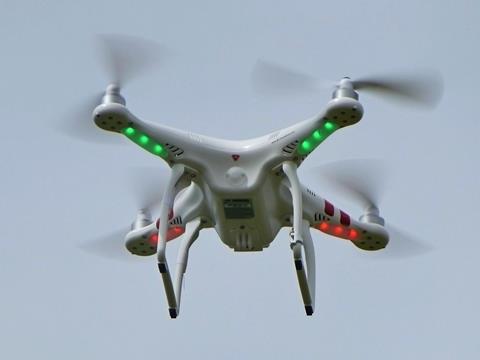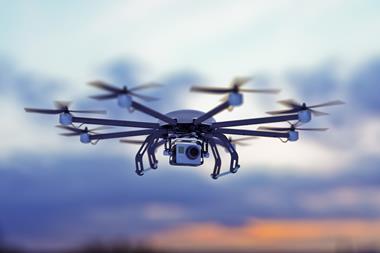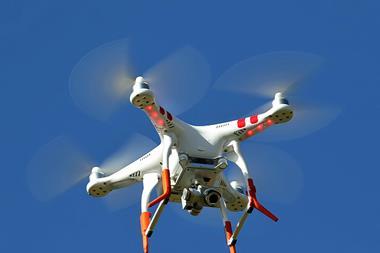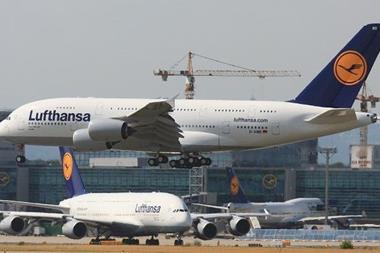New report highlights five key risks affecting growing drone sector

Lloyd’s is expecting the demand for drone insurance to surge as the industry grows, according to a new report.
But drone operators may need to implement stricter risk controls to get the cover they need.
Growing market
In the report, Drones Take Flight, Lloyd’s said that the drone sector is a “dynamic and important” part of the global aviation industry, and that the amount spent on acquiring drones is expected to double to $91bn (£58bn) in the 10 years to 2024.
The Lloyd’s report also noted that the drone sector faces five fundamental risks that could harm its future growth.
It cited privacy infringement as the most significant concern, along with the carelessness of drone operators and the vulnerability of the drones themselves to cyber attacks.
Another key concern is the regulatory environment, as the rules governing drone use in different countries are not yet harmonised.
Lloyd’s Asia-Pacific head Kent Chaplin said: “Drones are now used across a number of commercial sectors such as agriculture, infrastructure, film, logistics, and security services and we expect demand for insurance to surge as the commercial applications and take up expand.
“Lloyd’s syndicates can offer cover for physical loss and damage and liability risks and the Lloyd’s market continues to develop new solutions to support this emerging sector.”
Key requirements
The Lloyd’s report said that effective airspace control and collision avoidance technology will be key requirements for the insurance of drones operating in busy airspace.
As a result, Lloyd’s contends that insurers will require drone operators to implement greater risk mitigation measures.
These could include training and accreditation, stronger cyber security and completion of privacy impact assessments.
Lloyd’s manager of emerging risk and research Nick Beecroft said: “Drones have significant potential but at the same time they are a controversial emerging technology. As the market for drones continues to grow, so does the interaction of risk exposures.
“Manufacturers, operators and regulators will need to work together, on a global basis, to understand exposures and ensure this technology is used safely and responsibly.”
Join the conversation and share your views with others on LinkedIn here

Hosted by comedian and actor Tom Allen, 34 Gold, 23 Silver and 22 Bronze awards were handed out across an amazing 34 categories recognising brilliance and innovation right across the breadth of UK general insurance.













































No comments yet